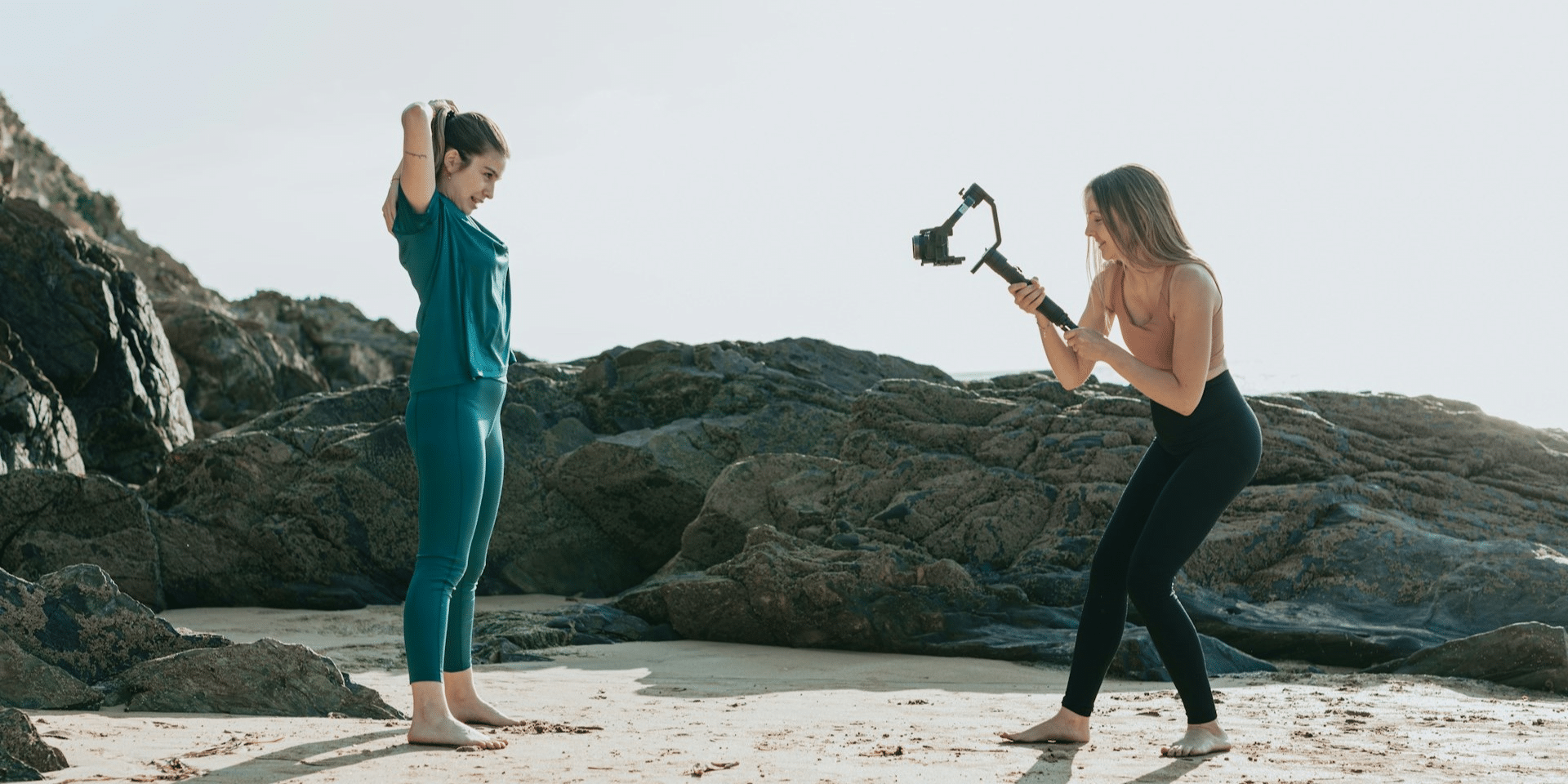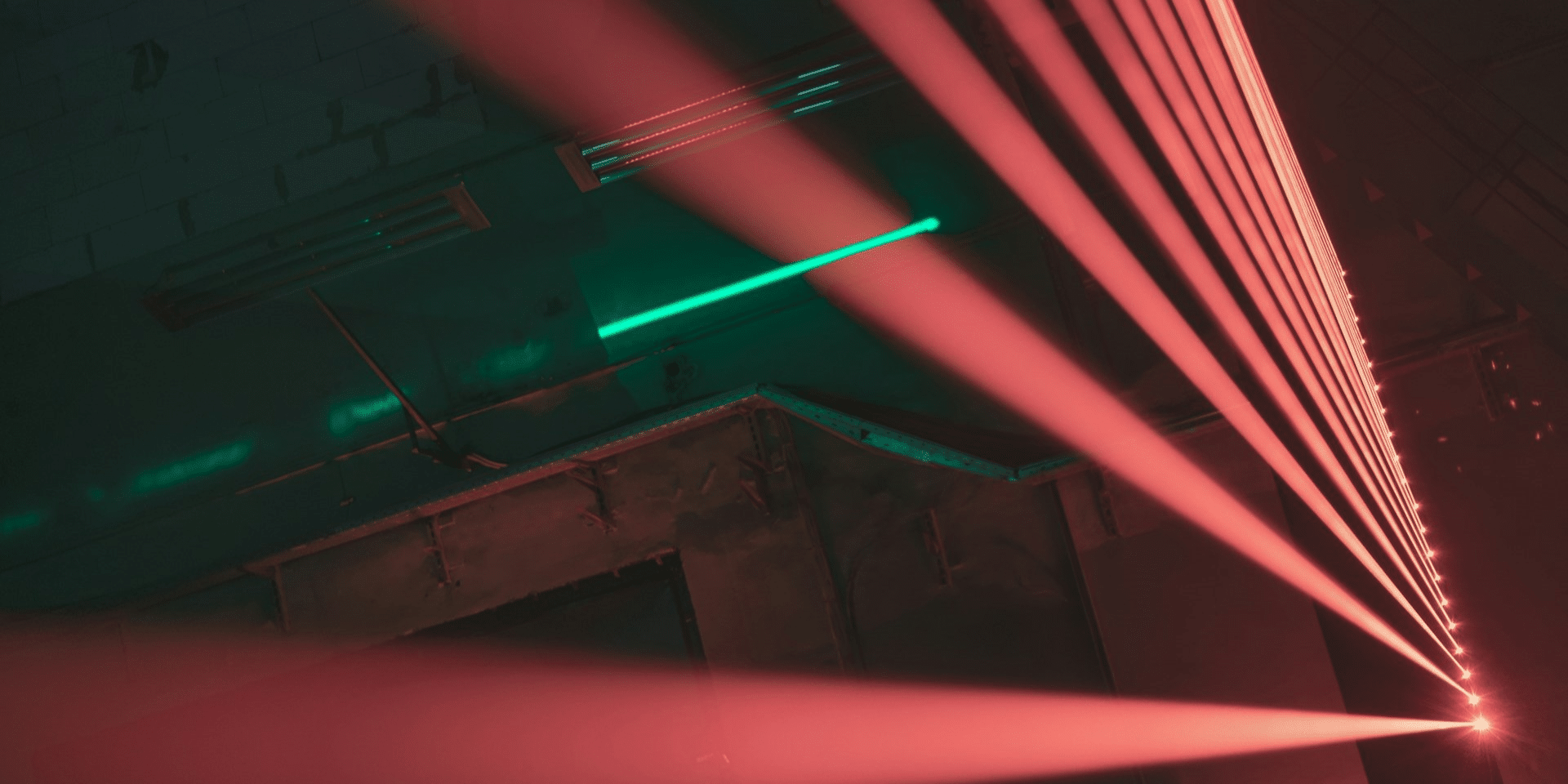The 1970s was a decade of cultural transformation and artistic innovation, and nowhere was this more evident than in the world of dance. From the rise of disco to the emergence of new dance styles and trends, the 70s revolutionized dance in ways that continue to influence popular culture to this day. In this article, we’ll take a closer look at how the 70s revolutionized dance, the key trends and movements that emerged during this time, and the lasting impact of 70s dance on music, fashion, and society as a whole.
The Rise of Disco
One of the defining features of 70s dance culture was the rise of disco music and dance. Originating in underground clubs in New York City and other urban centers, disco quickly became a global phenomenon, with its infectious beats, funky rhythms, and glamorous aesthetic captivating audiences around the world. Discotheques, or discos for short, sprung up in cities across America and beyond, providing a space for people of all backgrounds to come together and dance the night away.
Disco dancing was characterized by its energetic, expressive movements, flashy costumes, and emphasis on freedom and self-expression. Popular dance styles of the disco era included the hustle, the bump, and the iconic disco finger point, with dancers grooving to the pulsating rhythms of artists like Donna Summer, Bee Gees, and Gloria Gaynor. The disco craze reached its peak in the late 70s before eventually fading from prominence, but its impact on dance culture and music history remains undeniable.
Funk, Soul, and R&B
In addition to disco, the 70s saw the continued evolution of funk, soul, and R&B music, each of which had a significant influence on dance culture during this time. Artists like James Brown, Sly and the Family Stone, and Earth, Wind & Fire brought their unique blend of soulful vocals, funky grooves, and infectious rhythms to the forefront of popular music, inspiring dancers to get down and boogie on the dance floor.
Funk dancing was characterized by its emphasis on rhythm, syncopation, and improvisation, with dancers incorporating elements of jazz, hip-hop, and African dance into their movements. Soul and R&B music, meanwhile, provided the soundtrack for slow dances, romantic encounters, and intimate moments on the dance floor, with artists like Marvin Gaye, Al Green, and Aretha Franklin delivering soul-stirring performances that moved hearts and feet alike.
Street Dance and Hip-Hop
As the 70s progressed, a new form of dance emerged from the streets of New York City that would change the face of dance culture forever: hip-hop. Born out of the vibrant and diverse communities of the Bronx, hip-hop dance encompassed a wide range of styles and movements, including breaking, locking, popping, and freestyle.
Hip-hop dancing was characterized by its raw energy, creativity, and improvisation, with dancers incorporating elements of acrobatics, martial arts, and street culture into their routines. The rise of hip-hop music and dance gave voice to a new generation of artists and performers, many of whom used their talents to express social and political messages and shine a light on issues of race, class, and inequality. Hip-hop’s influence on dance culture continues to be felt today, with its innovative techniques and dynamic choreography inspiring dancers of all backgrounds to push the boundaries of creativity and self-expression.
Disco Fashion and Iconic Looks
No discussion of 70s dance culture would be complete without mentioning the iconic fashion trends and looks that defined the era. From platform shoes and bell-bottom pants to glittering disco dresses and flashy accessories, disco fashion was all about making a statement and standing out from the crowd.
Disco dancers embraced bold colors, shiny fabrics, and eye-catching patterns, with outfits that were as flamboyant and extravagant as the music they danced to. The disco look was all about glamor, excess, and self-expression, with dancers dressing to impress and command attention on the dance floor.
Legacy and Influence of the 70s
In conclusion, the 70s revolutionized dance in ways that continue to resonate with audiences today. From the rise of disco to the emergence of funk, soul, and hip-hop, the 70s was a decade of cultural innovation and artistic expression that left an indelible mark on dance culture and popular music.
The disco craze may have faded, but its spirit lives on in the hearts and minds of dancers around the world, while funk, soul, and hip-hop continue to inspire new generations of artists and performers to push the boundaries of creativity and self-expression. The 70s may be long gone, but its legacy in dance culture remains as vibrant and influential as ever.







